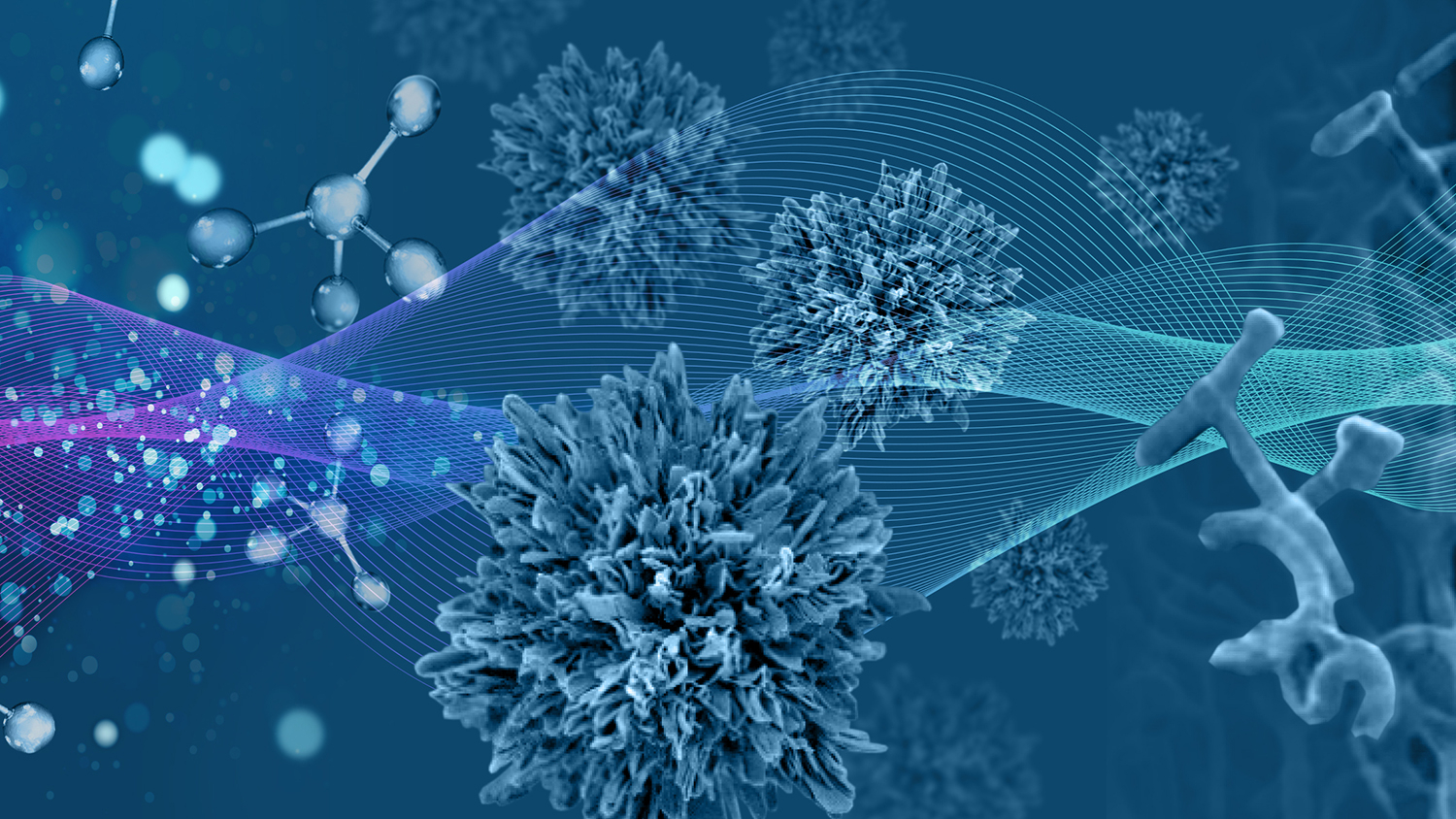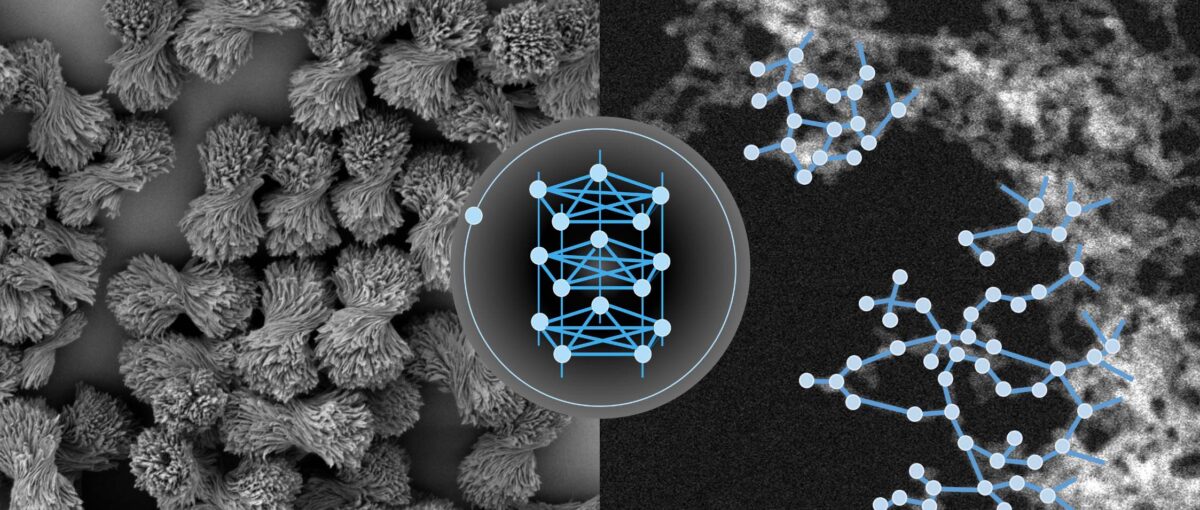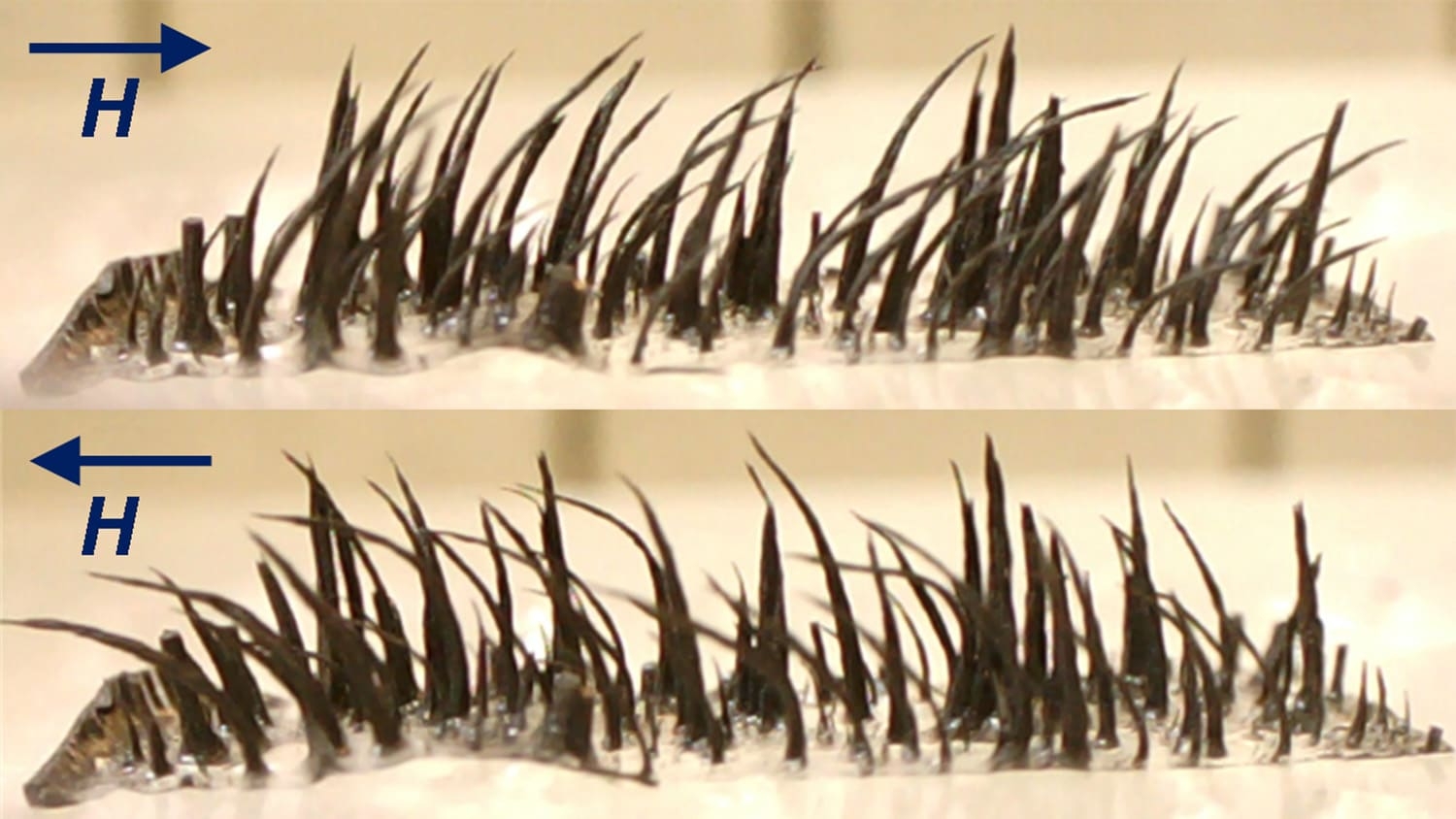Largest U.S. investment in particle self-assembly seeks to deliver on nanotechnology’s promise

Media Contact: Katherine McAlpine, 734-647-7087, kmca@umich.edu
With applications in transportation, energy, health care and more, the center includes African universities and creates opportunities for overlooked talent in the U.S.
ANN ARBOR—To bring nature’s efficiency and flexibility to manufactured materials and devices, the University of Michigan will lead an international team of scientists, engineers, and educators in a five-year, $30 million center funded by the National Science Foundation
One of the major technological goals of the Center for Complex Particle Systems (COMPASS) is to design materials that are more than the sum of their parts. The center takes inspiration from the way nature puts together a variety of materials to build cells, which then go on to make tissues, organs and organisms. To do this with synthetic particles, the team will approach particle assemblies as systems that ladder up from the nanoscale through the microscale to the macroscale.
“In living creatures, very few structures have just one job. If we want to do more with less—less energy, less material, and less waste—we need to learn how to do the same,” said Nicholas Kotov, the Irving Langmuir Distinguished University Professor of Chemical Sciences and Engineering, who leads the center.
Over the last decade, graph theory and network science have emerged as powerful tools for understanding complex interactions in large systems, including ecosystems and social networks. By bringing together network science and nanoscience, the team will be able to describe and then predict how billions and trillions of imperfect particles interact with one another.
The approach could expedite long-awaited advances in nanotechnology. In a departure from earlier studies, which tended to mix just one or two kinds of particles at a time, the team intends to integrate multiple particle types with different sizes and shapes, material compositions, surface modifications, and more. This massive increase in complexity is why a center is needed.
“Understanding and designing complex systems requires a diversity of knowledge, skills, and ideas. COMPASS brings researchers from physics, chemistry, mechanical engineering, materials science and engineering, and applied math together with seven Michigan chemical engineering faculty to develop this new class of materials,” said Sharon Glotzer, the Anthony C. Lembke Department Chair of Chemical Engineering and the center’s science lead.

Research efforts will start with using graph theory to model the structures of particles of different shapes and then link up their functions with those structures. This includes useful properties like elasticity, toughness, density, and conductivity. With this new predictive capability in hand, the team will target a variety of applications, working with industrial partners to produce materials that are strong and lightweight for vehicles and aviation; that conduct heat for electronics and energy applications; that conduct electrons or ions for batteries, electronics and green chemistry; or are porous for chemical storage and filtration.
Parallel to the importance of diversity in the particle systems the center will study, it has a strong focus on social equity and global impact. Outreach programs will seek out often-overlooked domestic talent, connecting with local high schools that serve economically disadvantaged populations as well as historically excluded communities. Students from partner schools can get involved through three programs: Kids Who Code, Hands-On Research Experience in Summer, and the Ross Summer Business Academy. These will be available across all of the U.S. university campuses participating in the center, with a focus on recruiting from Detroit, Chicago and Los Angeles.
“The people who do science determine what science gets done,” said Lola Eniola-Adefeso, associate dean of graduate and professional education and the University’s Diversity and Social Transformation Professor of Chemical Engineering. “This is why COMPASS’ design to include scholars from historically excluded backgrounds, who bring new perspectives to both the foundational science and the engineering applications, is critically important and exciting.”
The center will also invest in African talent to help develop the next wave of industry in Africa, in contrast to the history of extracting raw materials from Africa for refining into finished products elsewhere.
Currently, Martin Thuo, who leads outreach and exchange in the center and is a professor of materials science and engineering at North Carolina State University, works with Kenyatta University in Nairobi, Kenya to explore less resource-intensive methods to address local technical challenges. He has led initiatives to bring talented students to the U.S. to earn advanced degrees or—in partnership with non-profits and industry—bring African faculty to the U.S. for short-term industrial engagement. The center will expand this exchange, forging new partnerships with the Botswana Institute of Technology, the University of Mauritius, and the University of Cheikh Anta Diop of Dakar.
“We are working on frugal innovations using multiscale complex particles—from molecular combinations for future microelectronics to macroscale biofibers for safer solid lubricants,” said Thuo.
“We are also looking at particles for additive manufacturing with the user and product life cycle in mind. Our approach will enable the design of smart parts with properties tuned to, or adjusting to, working conditions,” he added.
The center will also actively recruit veterans of the U.S. armed forces for entrepreneurial fellowships. This should tap into prior leadership and operations experience while providing income, as many student veterans support families.
COMPASS is one of four Science and Technology Centers NSF announced today.
“Scientific discovery is the engine that drives human progress and underlies all of the technologies that we benefit from today,” said NSF Director Sethuraman Panchanathan.
“NSF’s Science and Technology Centers enable our most creative scientists and engineers to open new vistas of scientific inquiry and make the discoveries that will keep the U.S. in the forefront of scientific discovery. I am delighted to see the impressive originality in ideas and approaches in these new STCs and know they will have a tremendous impact.”
The technology lead for the center is Ellen Arruda, the Tim Manganello/BorgWarner Department Chair of Mechanical Engineering at U-M. The diversity, equity and inclusion lead is Stephanie Brock, an adjunct professor of chemical engineering and materials science at Wayne State University. The knowledge transfer lead is Pierre Ferdinand Poudeu, a professor of materials science and engineering at U-M. The education lead is Ronald Larson, the A. H. White Distinguished University Professor of Chemical Engineering.
U.S. university partners include the University of Illinois Urbana-Champaign, Chicago State University, Northeastern University and the University of Southern California.
Industry partners include Ford, Toyota, Boeing, Airbus and Dow Chemical Company as well as the manufacturing organizations LIFT and America Makes.
Featured image: The artistic illustration suggests the way that the new Center for Complex Particle Systems (COMPASS) will use graph theory to design the self-assembly of structures that ladder up from atoms and molecules through nanostructures and microstructures, building in different functions at different scales. Credit: Brian Townsend
This post was originally published in Department of Materials Science and Engineering.
- Categories:


